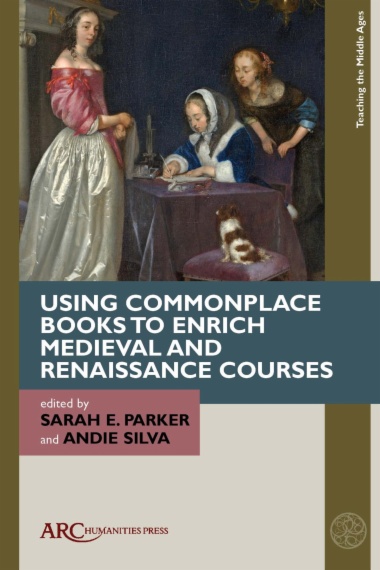This book is a collection of essays offering a wide range of approaches to teaching with commonplace books. In the medieval period and beyond, commonplace books promoted a blend of excerpting, memorization, creative writing, and journaling, making them the analogue equivalent to modern-day digital journaling, bookmarking, and note-taking tools. Covering a variety of methods for introducing students to the medieval and Renaissance reading practice known as commonplacing, this volume provides instructors with concrete guidelines for using commonplace books as a teaching and learning tool. The enclosed essays provide a point of reference for best practices as well as concrete models for teaching and learning with commonplace books, helping instructors develop more student-centred, inclusive curricula.
- COVER
- CONTENTS
- List of Illustrations
- Acknowledgements
- Introduction
- PART 1. WHY TEACH USING COMMONPLACE BOOKS?
- Nicole Hagstrom-Schmidt — Resources, Materials, and In-Class Activities for
Introducing Undergraduates to Commonplacing as Praxis
- Dana Schumacher-Schmidt — Rebuilding the Brit Lit I Survey around the Commonplace Book
- Joshua Eckhardt — Student Commonplace Books and Verse Miscellanies, ca. 1516–2022
- Vimala C. Pasupathi — Teaching with Commonplace Books in the Age of #RelatableContent
- PART 2. ADAPTING THE COMMONPLACE BOOK ASSIGNMENT
- Andie Silva — Productive Disruptions: Using Commonplace Books
to Resist Eurocentrism
- Laura Estill — Encoding Early Modern Commonplace Books in the Classroom
- Alison Harper — Opportunities with Omeka: Commonplacing the
Early Tudor Reading Experience
- Nora L. Corrigan — Poetry at Play: Commonplace Books in a
Game-Themed Literature Survey
- Sarah E. Parker — Coda: Managing the Commonplace Book Assignment: Putting this Volume to Practice
- Select Bibliography

